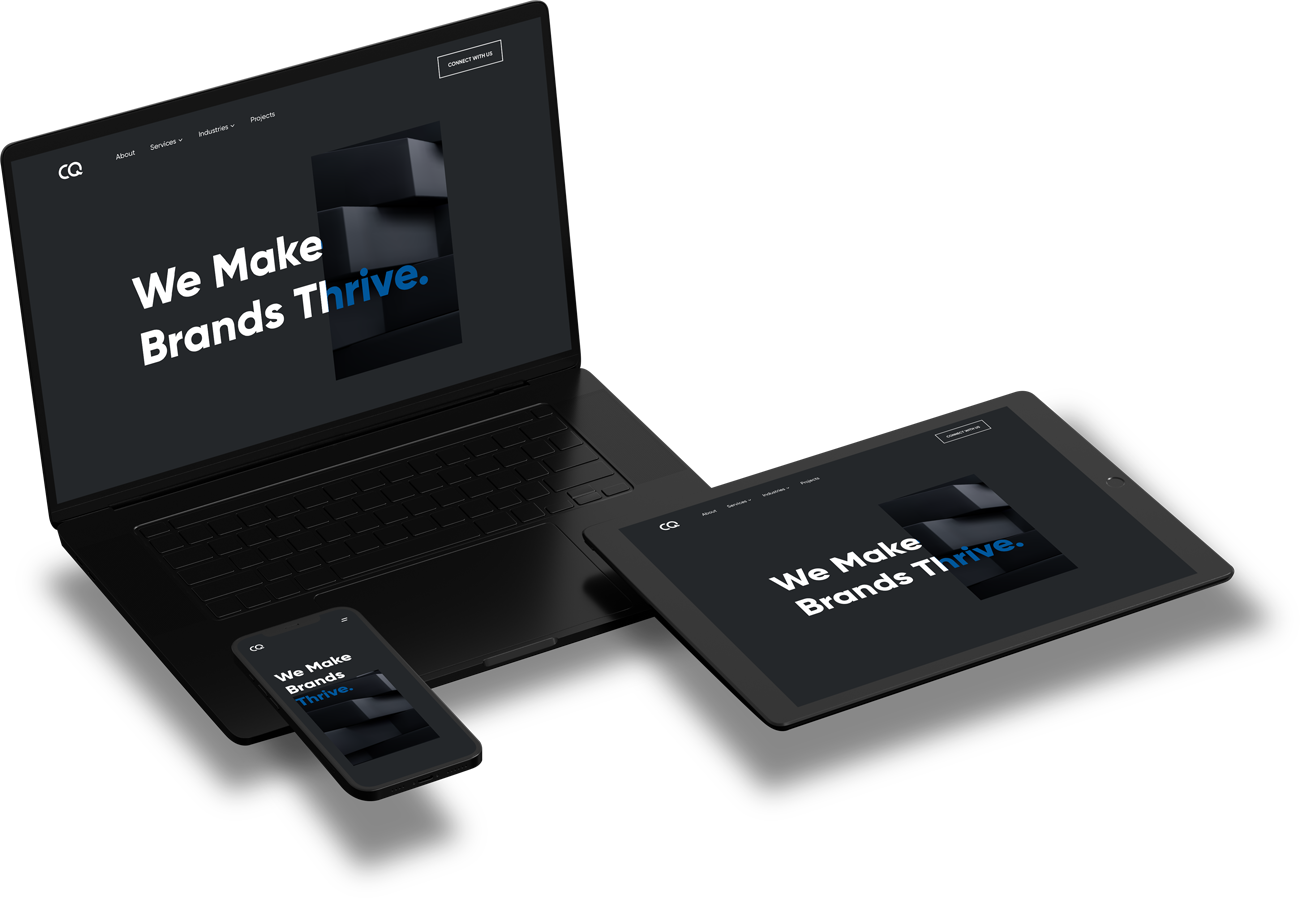 February 11, 2023
February 11, 2023

A high-performing application modernization strategy is crucial for businesses to keep up with the rapidly changing technological landscape. It offers a range of benefits that can help organizations improve their operations and stay ahead of the competition.
Application modernization refers to updating and transforming existing legacy software systems. The resulting modern technologies and architecture enhances overall performance, security, and scalability. It may involve re-architecting the application from scratch, migrating to cloud infrastructure, or deploying modern user interfaces and the latest development practices. The goal of application modernization is to improve the effectiveness and efficiency of business processes. Reinventing can also meet the changing needs of customers and stakeholders.
Firstly, By employing the best application modernization strategy, companies can provide a user-friendly and intuitive experience. This can improve user satisfaction by multiple levels and improve overall user engagement with the applications.
By updating legacy systems with modern technologies, businesses can seamlessly organize their processes, improve overall efficiency, and enhance operational productivity. This can help organizations get more done with fewer employees and free up valuable time and energy to focus on other core initiatives.
Modernized applications are built with the latest security measures and protocols to protect against cyber threats. This is especially important in today’s digitally upcoming age where cyberattacks are becoming frequent and very sophisticated to tackle.
Modern applications are designed to handle extensive usage requirements and can scale as per requirement flexibly to accommodate growing demand. This is essential for organizations that are expanding or experiencing rapid growth in their ventures and need technology to keep pace with their operations.
Reducing maintenance costs and improving operational efficiency can be achieved by modernizing existing systems. In addition, organizations can avoid the high costs associated with starting from scratch and developing new systems. Not to forget, how time-consuming this process can be.
In today’s rapidly changing technology landscape, organizations that modernize their applications are better prepared to adapt to new opportunities. . When you hire a company like CraftedQ, we will help you stay ahead of the curve. We enable this by keeping up with the latest trends and technologies that can give your organization a competitive edge.
Lastly, Modernizing applications can help organizations stay compliant with changing compliance regulations and authorized industry standards. This can help organizations avoid costly penalties.
Here is a quick list of the eight steps of an application modernization process.
The primary step in modernizing an application is to evaluate th current operational state. This involves the assessment of the technical and business requirements, infrastructure, and user needs. As a result, this step provides insights into the strengths and weaknesses of the application. This will further help you identify areas that need improvement. A detailed assessment will lay the foundation for a successful modernization project. This also helps to avoid potential obstacles in the future.
After the assessment, the next step is to develop a plan that outlines the overall application modernization strategy. The plan should include the budget, timeline, and resources required to achieve the goals of the given project. This step is critical in ensuring that the whole realignment process proceeds smoothly and effectively. A detailed plan of action helps avoid unforeseen obstacles and provides a roadmap for the entire modernization journey.
In this step, a modern application architecture is defined to support the requirements of the modernized application. When you hire an application modernization company, they will design a system that will meet the goals of the modernization project, including considerations such as scalability, security, and usability. Furthermore a well-structured and functional architecture ensures that the modernized application can meet the demands of the business for providing a seamless user experience.
In this step, migrate the existing application components and data systems to the new architecture while also preserving data integrity and minimizing downtime. This step requires careful planning and execution to ensure a seamless transition to modern architecture. Launch the renewed application with complete confidence, knowing that all the existing information has been properly retained and transferred by properly migrating all the components.
Integrate the modernized application with existing systems, such as databases, APIs, and other applications, to ensure seamless operation. Integration ensures that the modernized application can exchange information and interact with other systems in the environment, providing a unified user experience.
Conduct extensive testing to guarantee that the updated application meets all necessary security standards and compliance regulations. Going for application modernization strategies will involve implementing diverse test cases based on functional, regression, and load testing, to validate the app’s behavior and satisfactory performance.
Deploy the modernized application to the production environment, with a round-the-clock monitoring and support plan in place to guarantee a seamless operation. This will include steps such as verifying compatibility with existing systems, backing up data, and setting up real-time monitoring to detect any potential issues.
Implement a comprehensive maintenance program to regularly update and maintain the newly modernized application, ensuring it remains thoroughly aligned with changing business trends and technical requirements. In addition, this will include tasks such as usability checks, performance reviews software upgrades, bug fixes, and security patches, as well as continuous improvement of the application’s functionality and performance.
And therefore, with a company like CraftedQ that carry a decade’s worth of experience, you don’t have to worry about any of these. Talk to us to know more!
